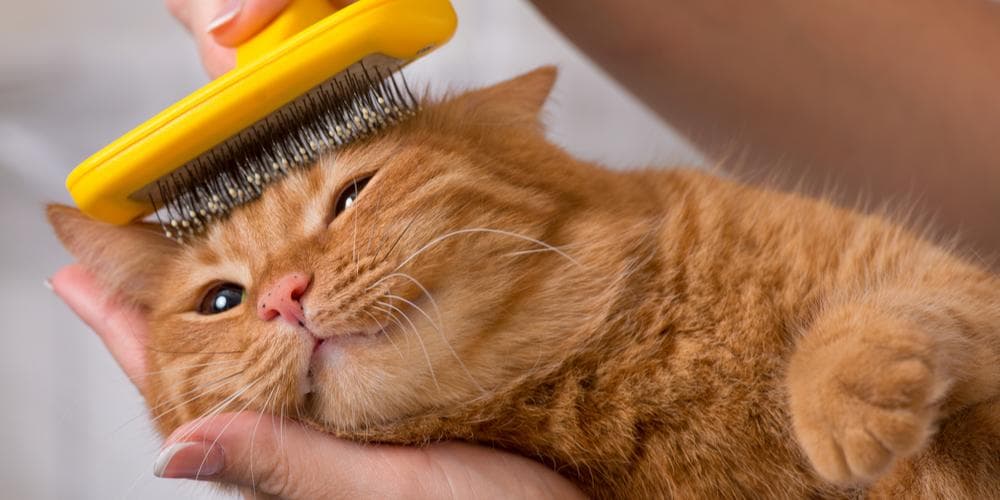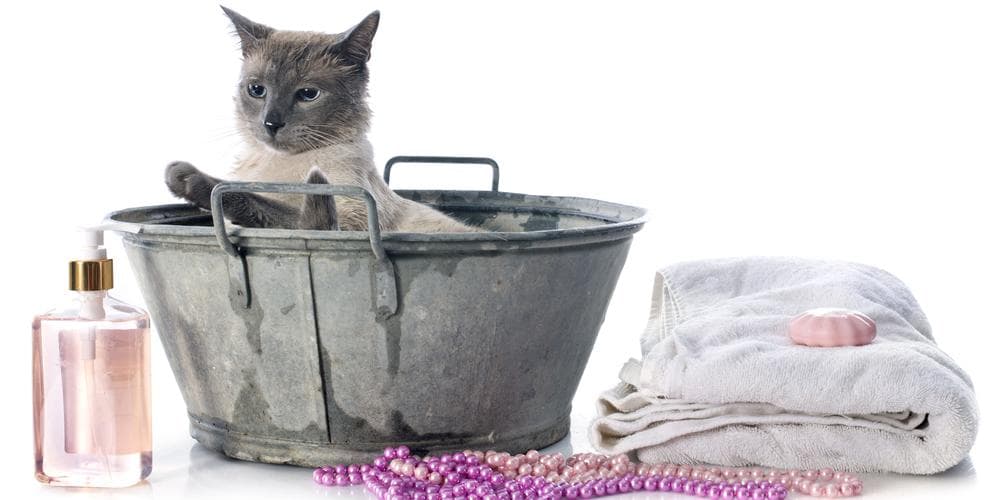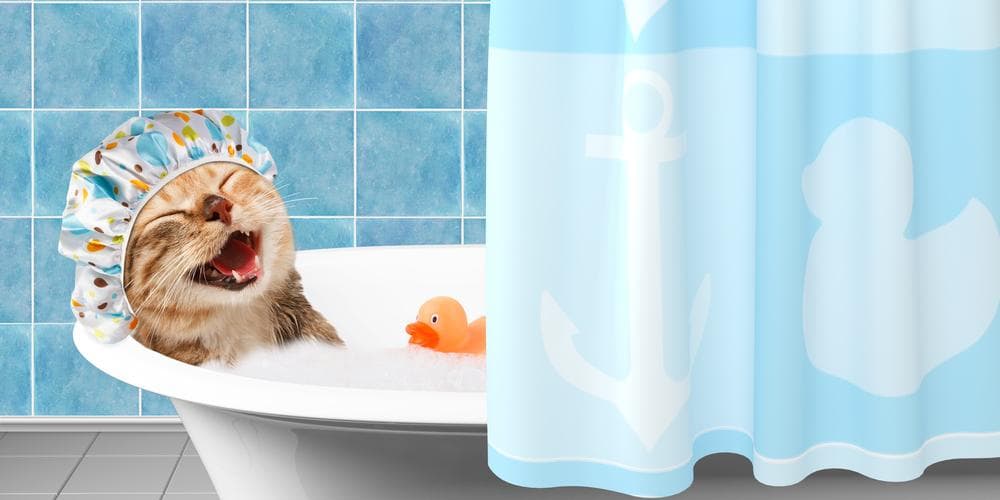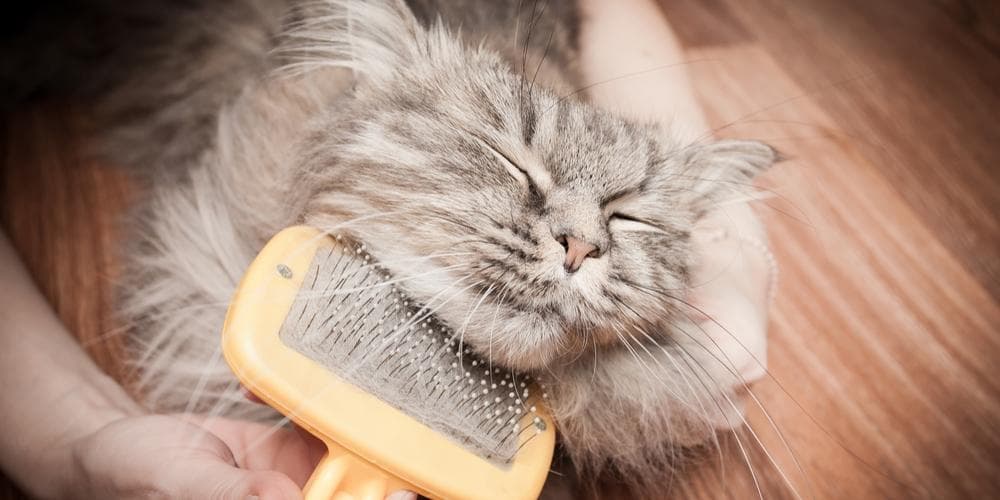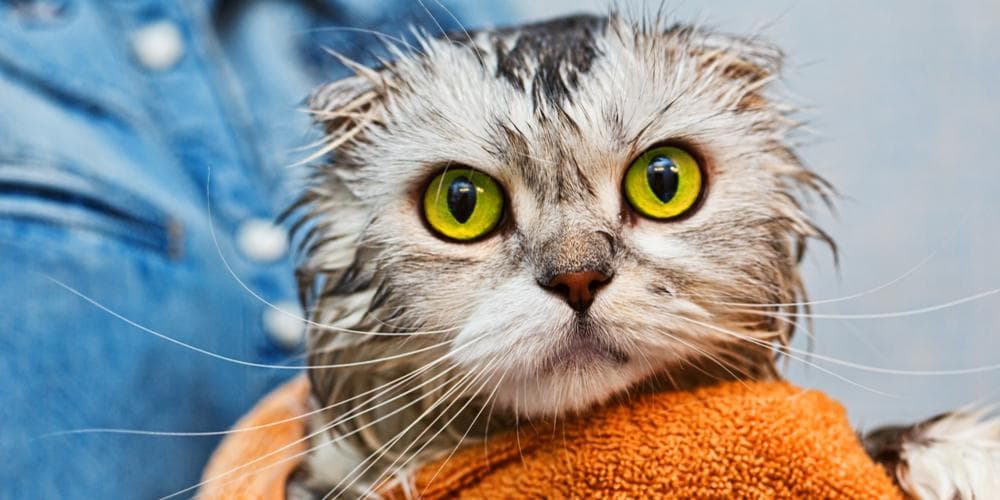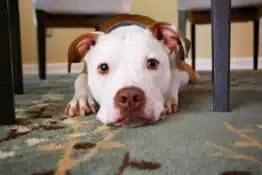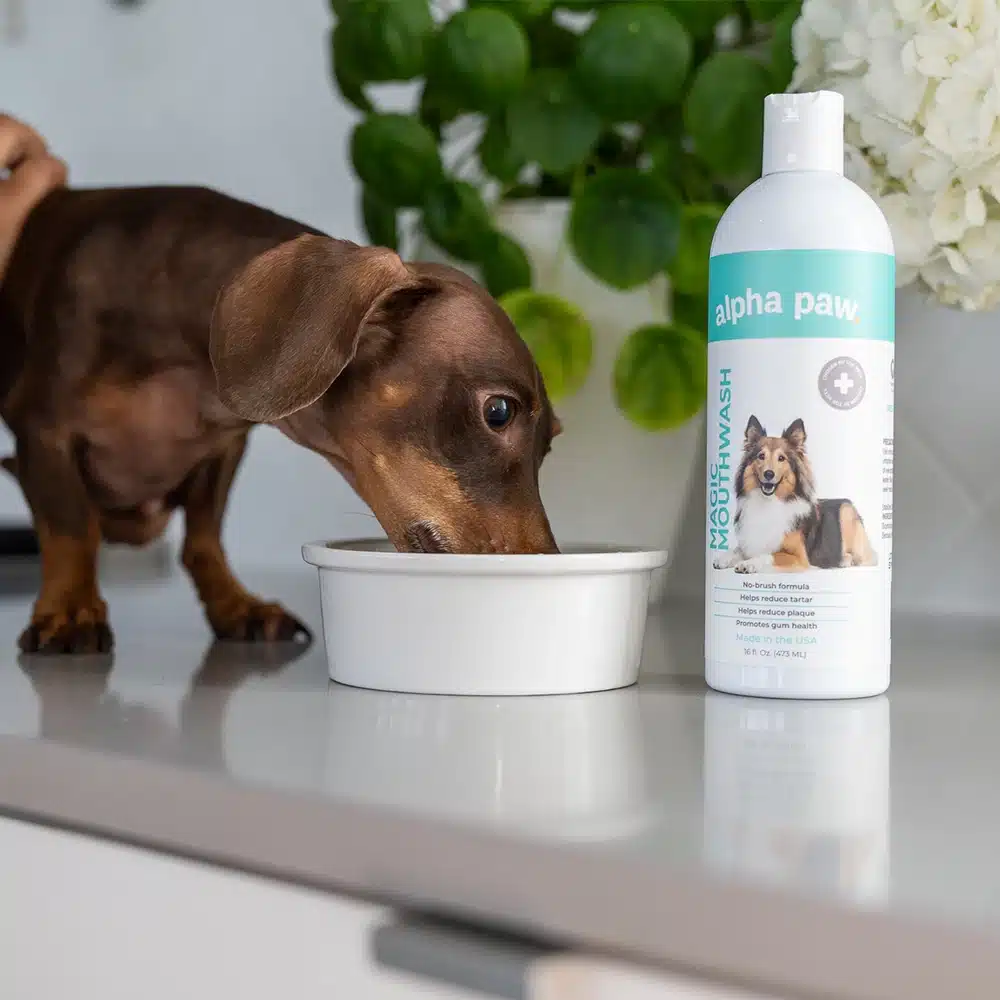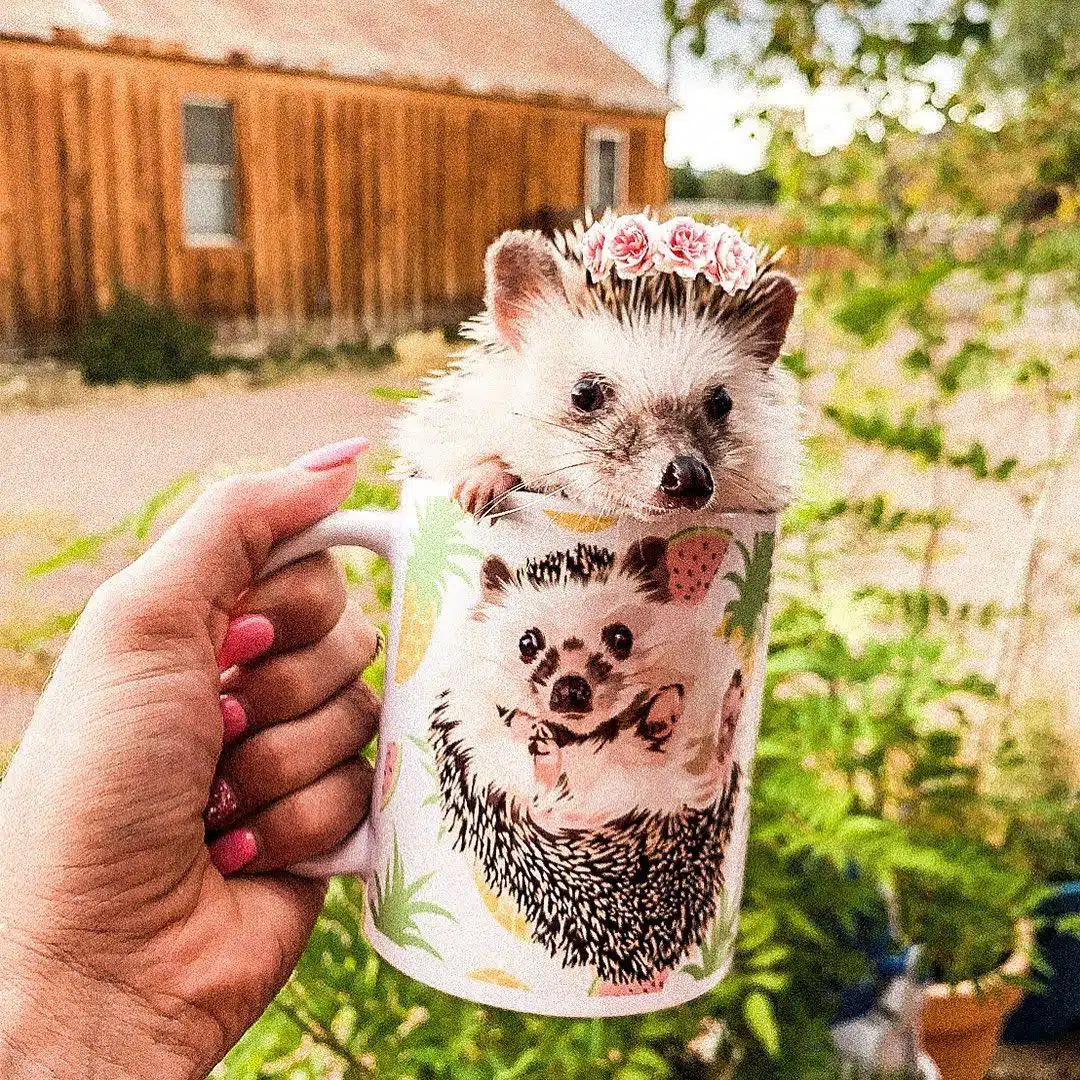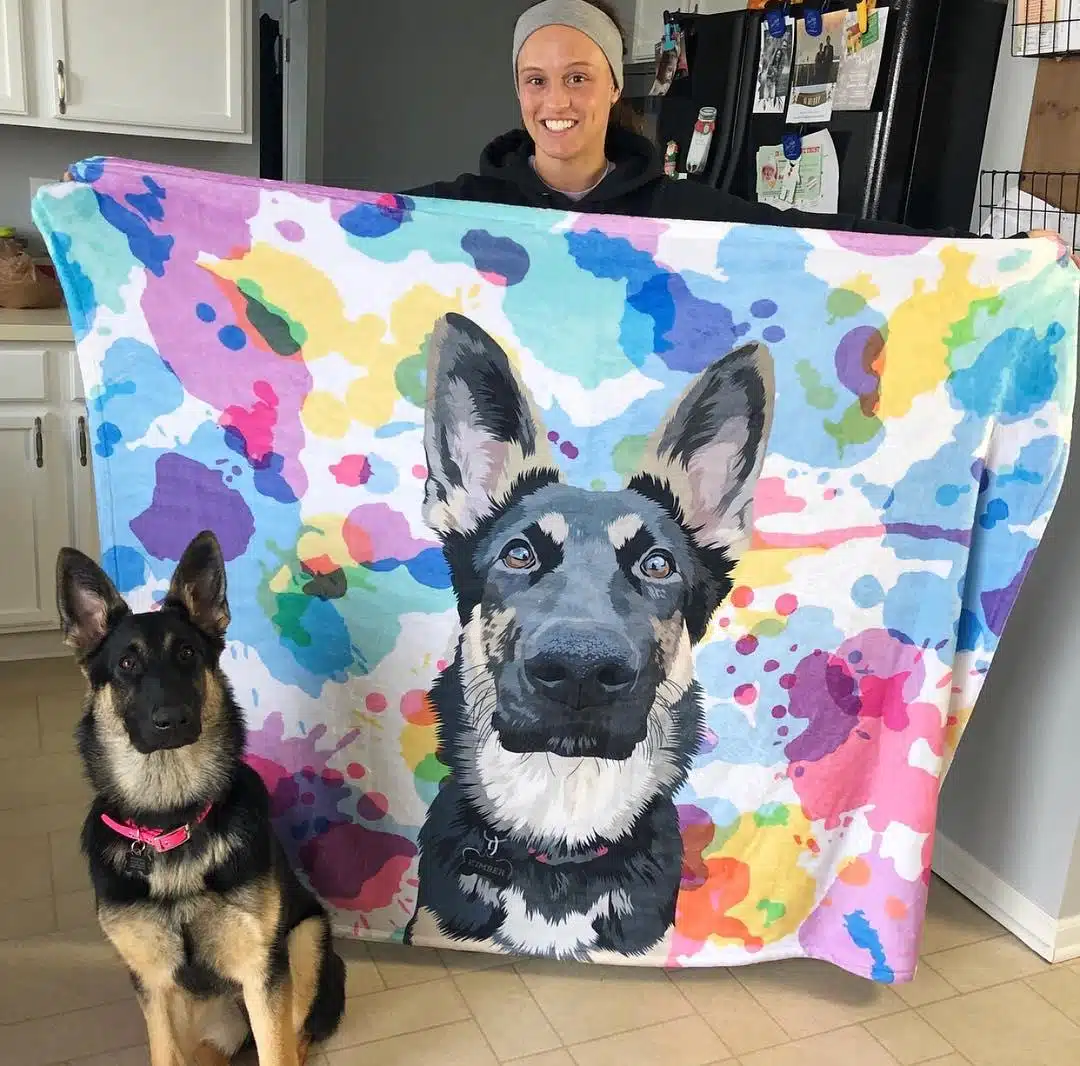What Ingredients Should We Look For (And Avoid!) In Cat Grooming Products?
We all know that cat grooming is an important aspect of taking care of our fur babies. However, you might unknowingly be doing more harm than good. Today, we’ll be talking about the grooming products you are using. Whether this has to do with soap or shampoo, there are certain ingredients you should watch out for.
Before you buy cat grooming products, check to make sure there are no harmful ingredients. Below is a list of good and bad ingredients to be aware of.
Linalool and D-Limonene
These two substances are often used together with each other because they are both called natural and organic ingredients. They are actually derived from citrus fruits. Linalool and D-Limonene are not just found in shampoos, but also in flea control dips and sprays. These substances are known to give a lemony scent in various products.
Linalool and D-Limonene come with insecticidal properties. Though they are useful and kill destructive vermin, they can cause liver damage and worse, liver failure in cats.
Phenol
Phenol is commonly found on various types of shampoos such as keratolytic shampoos, Coal Tar shampoos, and hexachlorophene shampoos.
The problem with phenol is that it can be absorbed by the gastrointestinal tract and may damage the liver and kidney. With even just 12-24 hours after exposure to phenol, your cat can develop severe organ problems.
Pyrethroids
Pyrethroids refer to a group of substances that include phenothrin, permethrin, etofenprox, and pyrethrins. Pyrethroids are commonly used in killing fleas. Unfortunately, it is not species-specific – meaning, it won’t only kill fleas, but might also endanger your cat.
Felines don’t have enough liver enzymes to process pyrethroids, which can lead to liver damage. Please note that pyrethroids can easily enter your cat’s skin, where they will eventually reach his liver.
Permethrin
Permethrin is one of the compounds under the pyrethroids group. However, this one stands out among the rest because there are still companies that claim their products are safe for cats even if it contains permethrin. If ever you still want to buy products with permethrin, make sure that it does not contain more than 0.1% of t.
Take note of this: a lot of products in the market today contain a concentration of 45% to 60% of permethrin. This is something you should remember when buying shampoo or grooming products.
Better Safe Than Sorry
These are some of the harmful substances that you should watch out for when buying grooming products. Seeing any one of these substances on the ingredients list should raise a red flag. Sometimes, it is better to have your cat dirtier rather than use products that come with hazardous chemicals (keep in mind that a healthy cat also grooms himself well, and most cats actually don’t require human assistance in bathing!)
Thankfully, there are safe cat shampoos in the market today. To find them, check the ingredients. If the substances mentioned on this blog are absent, then you can be more at ease that you’re buying the right grooming product.
To know more about this crucial topic, be sure to speak to your vet. They have the necessary knowledge and solid background to help you understand better which grooming products are safe and which are not.
Did this article surprise you? Have you been paying attention to your cat’s shampoo? Let us know in the comments!

